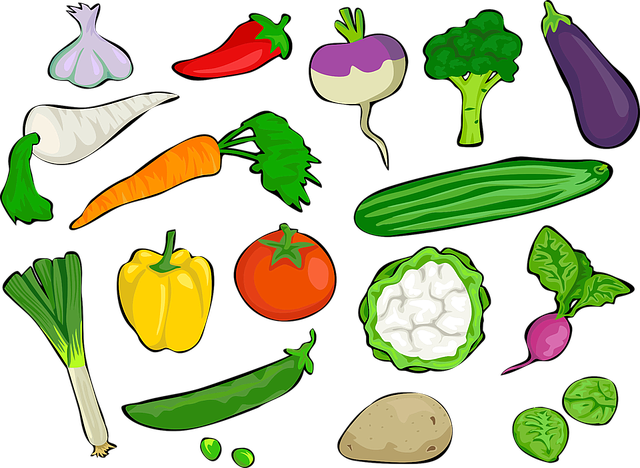Cultivating Harmony: The Crucial Role of Biodiversity in Agriculture
In huge fields where crops sway in the breeze and fruits mature in the sun, a gentle melody of life keeps our food systems functioning. This is agriculture’s biodiversity symphony. Monoculture rows, when one crop dominates, are less tranquil. This agricultural method supports many plant and animal species.
Benefit of Polyculture
Look further into farming diversity to uncover polyculture. Polyculture grows multiple plant species in one area, unlike monoculture. This reduces crop failure and creates a robust farm environment where each plant assists.

The Dance of Beneficial Organisms
Beyond plants, biodiversity includes many useful animals. Birds, insects, and microbes combat pests and diseases naturally, reducing the need for harmful pesticides. The delicate balance of the agricultural environment depends on ladybugs that patrol the fields, bees that pollinate crops, and earthworms that enrich soil.
Improving Soil Health
Biodiversity is beautiful above ground too. Diverse crops reduce erosion, promote nitrogen cycling, and improve soil structure. Different plant roots produce a complex network that keeps soil soft and improves water absorption.
Conclusion
Biodiversity in agriculture may be the best long-term solution to feeding the world’s rising population. A balanced combination of crops, beneficial creatures, and healthy grounds safeguards our food supply and the environment. By making our fields more harmonious, we can ensure farming’s long-term success, since variation is the most vital component of life’s dance.

